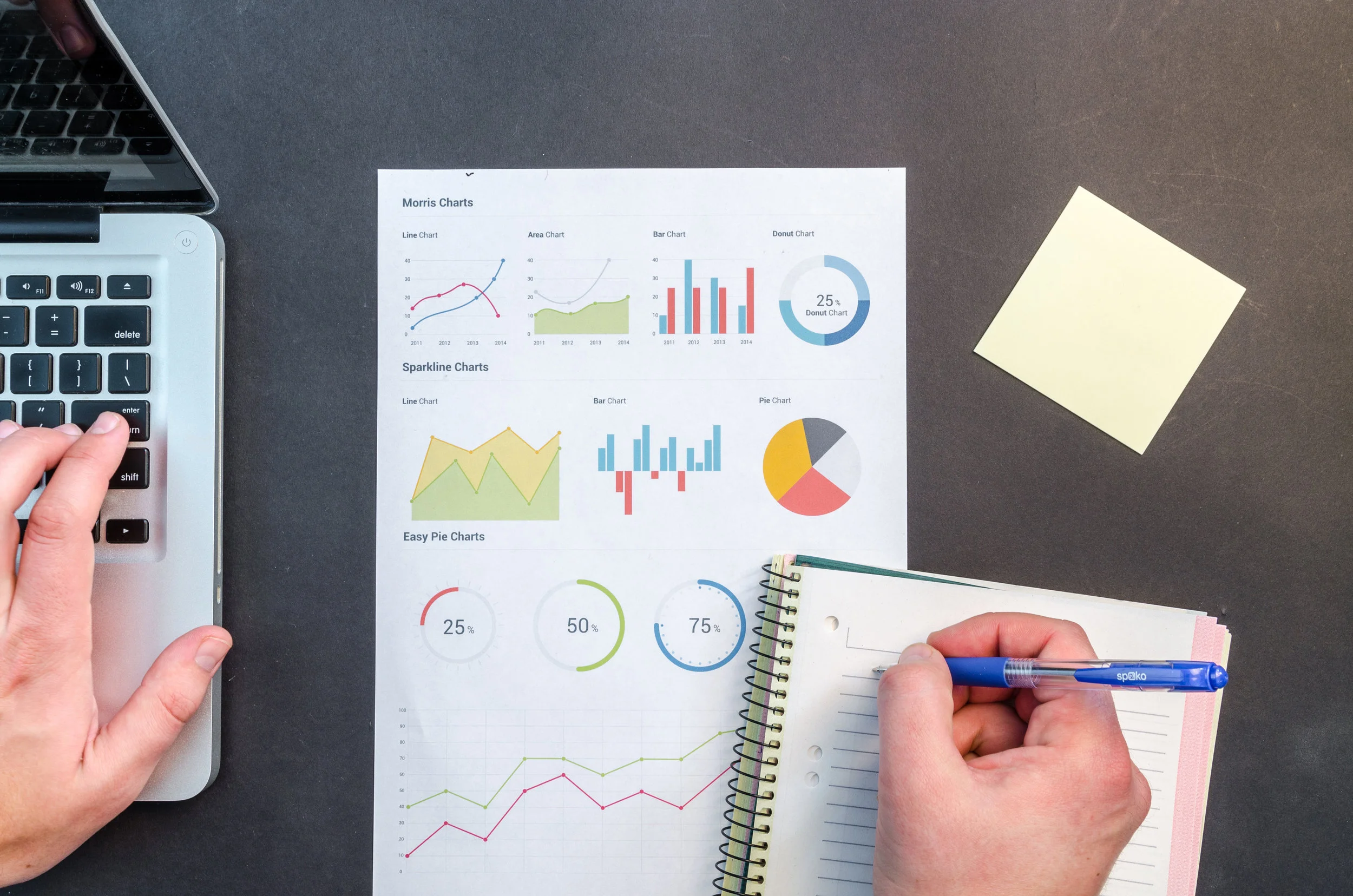Dividends
There are two ways to make money when you buy stocks. The first way is buying shares of a company and selling the shares when the stock price has increased. This is simple to understand. If I buy one share of a stock for $5 and the price goes to $10, I just made $5. The other way to make money is when a stock pays dividends. If I buy 20 shares of a stock that pays an annual dividend of $1, I would receive $20 per year from the investment.
I am going to use this post to explain what a dividend is, why some companies don’t pay dividends, and the best way to invest in dividend paying stocks. I am going to use two well-known companies as examples: Facebook and Apple.
What is a dividend?
When companies make money, they can decide whether to keep the cash, invest it, or distribute it to the owners. A dividend is a distribution from a company to its shareholders. Dividends are usually paid out quarterly and in cash. Companies can raise or lower dividends over the years depending on their profitability. This means that the $20 I was receiving per year from my earlier example could increase or decrease if the company changes the dividend payout. Apple currently pays shareholders $0.63 each quarter for every share. This equates to a total of $2.52 per year.
What is a dividend yield?
The dividend yield is the annual dividend payment as a percentage of the share price. In the last paragraph, I told you that Apple pays $2.52 per share per year. That doesn’t tell you much unless you know how much one share costs. One share of Apple currently costs about $178. This means that Apple’s dividend yield is about 1.41%. That doesn’t seem like a lot, but don’t forget to think about your savings account that currently pays 0.01% annually. Also, if the stock price falls to $100 and the dividend does not change, Apple’s dividend yield would now be 2.52%.
Why don’t some companies pay dividends?
Two reasons. Sometimes they just can’t. A lot of public companies still are not profitable so they don’t have the ability to pay shareholders. The other reason is that companies use cash to invest. Facebook is the best example of this. They do not pay a dividend. They use any excess cash to invest in their business and look for other business opportunities. The owners of Facebook would rather see the company take $1 Billion and use it to buy Instagram instead of paying cash in the form of dividends. If you buy shares of Facebook, you are counting on them to reinvest the money better than you would be able to if they paid you a dividend.
How do dividends impact investment decisions?
Which company would you invest in, Apple or Facebook? If all you care about are dividends, then Apple would be the clear winner. However, investing isn’t just about dividends. Remember, there are two ways to make money in the stock market. Facebook’s stock price could triple in the next ten years. You want to look for companies that have opportunities for growth in the next few years that also pay a consistent dividend. Another opportunity is when a strong company has bad news that causes the stock price to fall quickly. The dividend yield could go up to 5% or higher. If the company has a long term track record of paying the dividend, this may be the perfect time to buy shares and receive a higher payout.
Should I reinvest my dividend payments?
Yes, yes, yes! You should reinvest your dividends any time you can unless you are nearing retirement. Most companies allow for dividend reinvestment. This means that when Apple pays you each quarter, you immediately use that money to buy more shares of Apple at the current price. Using this tool, you own more shares each time you get paid a dividend. That means that your dividend payment will increase more each time. This may be one of the best investing tools you can use for long term success.
Make sure to do your proper research when investing in companies. Some companies pay a dividend of 10% or higher and that usually signals that something is wrong, and the dividend will be cut in the future. Also, diversify your investments. Dividend paying companies can have bad years in the markets so always have some non-dividend companies to balance your risk. It can be complicated, but a little research goes a long way. If you are ready to find a high-quality dividend-paying company to invest in, I would suggest starting with a list of “dividend aristocrats” for some ideas.
Mike Zeiter, CPA/PFS




